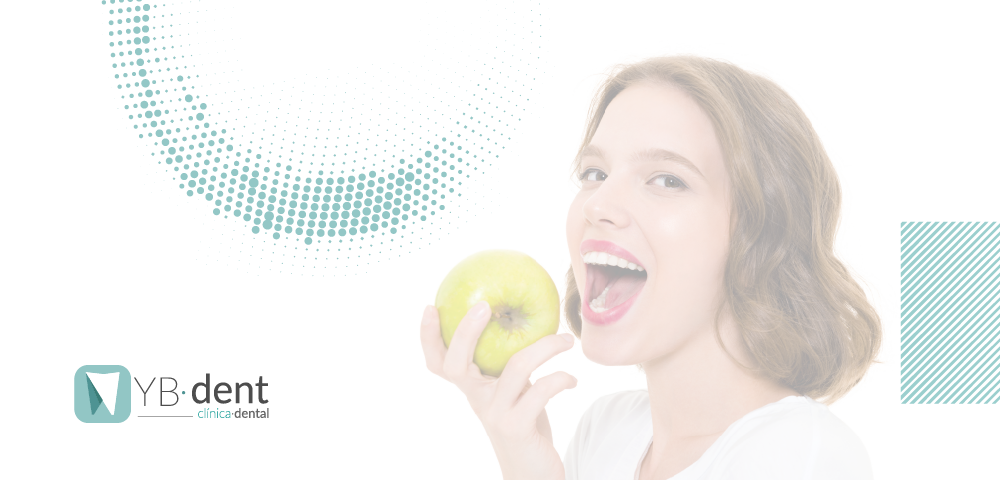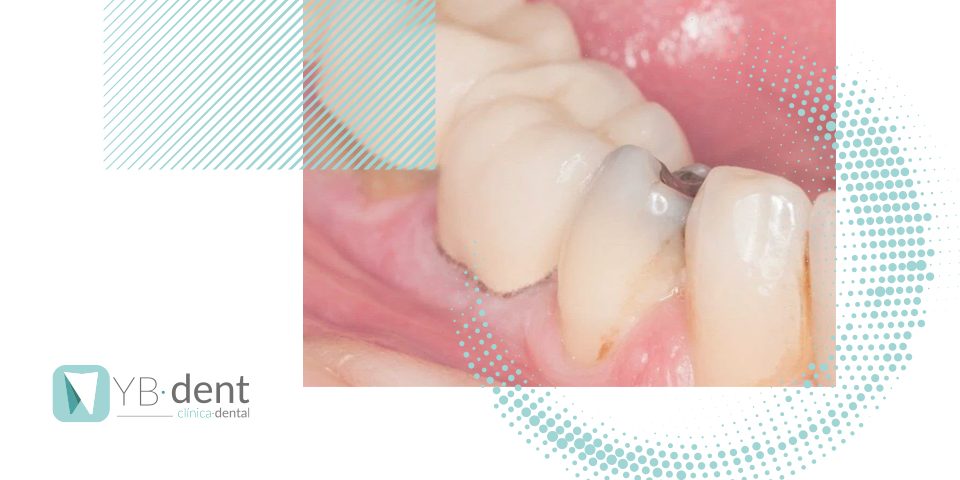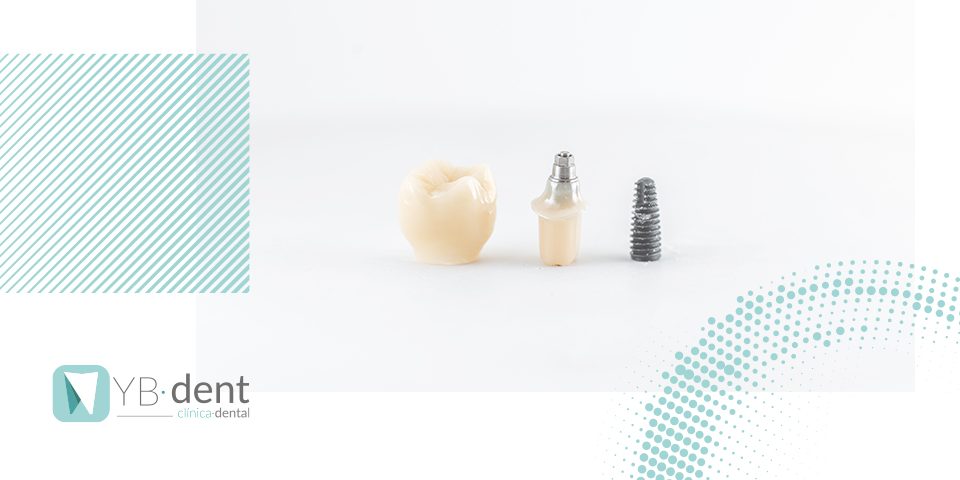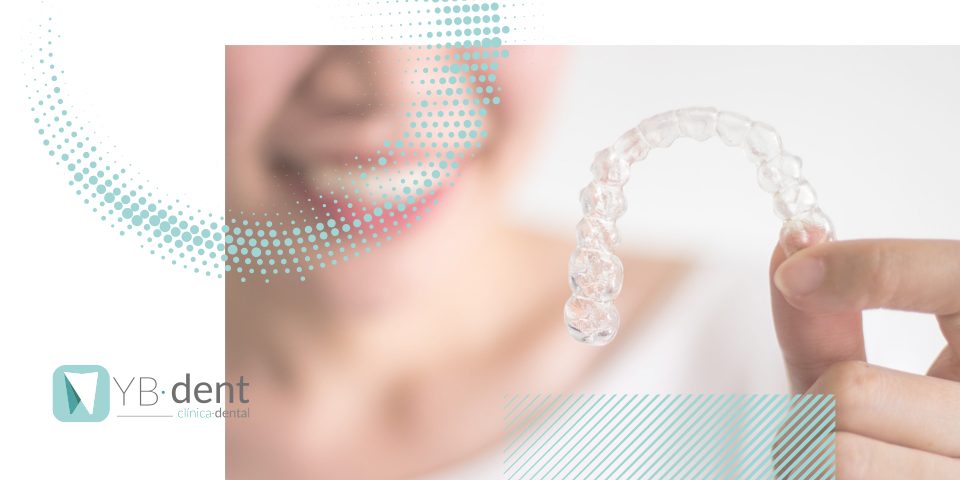Qué comer para cuidar tu salud dental en verano

Cuidar de la salud dental en verano a veces resulta más complicado y tedioso debido al estilo de vida y los viajes.Pero a parte de ser recomendable llevar con nosotros nuestro kit dental, existen múltiples alimentos que podemos tomar que nos ayudarán a cuidar de nuestra salud bucal:
Fruta: la fruta es un alimento muy saludable para nuestro organismo en general. Pero hay frutas que son relevantes en nuestra salud dental como las que contienen vitamina C. La flora se ve fortalecida con esta vitamina y nos ayuda a mantener el sistema inmunológico en situaciones normales ya que muchos de los problemas bucales como las aftas pueden ser consecuencia de tener un sistema inmunológico débil.
Añadir que, hay varias frutas como la sandía y el melón que por su alto contenido en agua son muy recomendables en verano. Al provocar mayor salivación, nuestra boca estará más limpia y con menos bacterias reduciendo el riesgo de caries y otras afecciones.
Por último, destacar que frutas como la manzana también pueden ser un gran aliado. Sus compuestos nos ayudan a eliminar la placa bacteriana.
Lácteos como el queso y la leche: el calcio de estos alimentos, ayuda a tener unos dientes más fuertes. Además, sirven para neutralizar la formación de ácidos que pueden llegar a deteriorar el esmalte dental, así como combatir la placa bacteriana.
Agua: debido a las altas temperaturas del verano, es más propensa la pérdida de líquidos en nuestro organismo. La hidratación es fundamental para nuestra salud bucal ya que nos ayuda a prevenir infecciones e inflamaciones en la boca, así como a tener una adecuada salivación evitando la sequedad.
Pescado: comer pescado nos puede ayudar a absorber mejor el calcio gracias a su vitamina D. Además, los ácidos grasos omega 3 nos ayudan a prevenir afecciones como la periodontitis. Con este alimento, nuestros dientes y encías se verán mucho más fuertes.
Apio y Zanahorias: estos alimentos también tienen efectos muy positivos en nuestra salud bucal. Nos ayudan a hacer frente a la placa bacteriana y fortalecen nuestras encías y dientes. Además, también tienen otros nutrientes muy beneficiosos para la salud en general.
Té: a parte de las múltiples cualidades que tiene para nuestro organismo en general, nos puede ayudar ante la placa bacteriana puesto que contiene flúor. Pero un exceso podría llegar a manchar nuestros dientes por lo que no es recomendable tomar más de una vez al día. Además, el té verde posee un antioxidante llamado Catequina el cual evita la inflamación de las encías que producen las bacterias en la boca.
Chocolate: aunque pueda padecer contraproducente, este verano nos podemos tomar un capricho (sin azúcar y siempre cuando tenga un alto porcentaje en cacao). Este alimento, ayuda a endurecer el esmalte, además su grano tiene agentes antibacterianos que nos ayudan a la salud bucal.
Pero, ¿qué alimentos deberíamos de evitar para mantener nuestra boca saludable?
Dulces: los dulces tienen un alto contenido en azúcares los cuales provocarán caries en nuestra boca.
Alcohol: puede aumentar la posibilidad de caries, así como de contraer periodontitis.
Frutas cítricas como el limón: el esmalte dental puede verse afectado por las sustancias cítricas. Lo recomendable es lavarse los dientes después de su consumo.
Bebidas azucaradas: son muy apetecibles las bebidas refrescantes en verano, pero en su gran mayoría contienen grandes cantidades de azúcar provocando caries y placa bacteriana. Por ejemplo, en una lata de 330 ml, puedes tomar el equivalente a unas 5 o 6 cucharadas de azúcar. Intenta evitarlas eligiendo las no azucaradas.
Café: su consumo en exceso produce tinción en los dientes por lo que debemos de limitar su ingesta.
A parte de tener todos estos alimentos en cuenta, no debemos de olvidar nuestra higiene dental diaria. Sabemos que en verano es un poco más complicado pero las altas temperaturas pueden favorecer la proliferación de las bacterias por lo que acuérdate de llevar siempre contigo tu kit dental.
Desde nuestro equipo YBDent, te recomendamos que acudas a una revisión antes de irte de vacaciones para prevenir cualquier posible afección y así disfrutar del verano sin complicaciones.
Puedes ponerte en contacto con nosotros a través del: 961 672 098 / 696 556 977. Estaremos encantados de aconsejarte y resolver tus dudas.



















